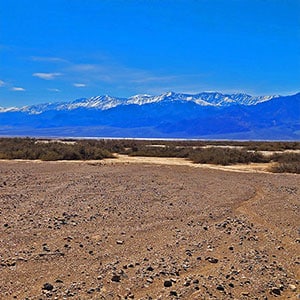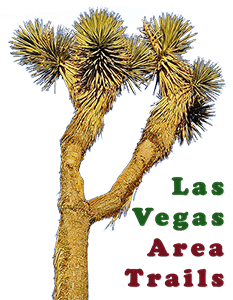Mesquite Grove | Furnace Creek | Death Valley National Park, California
Mesquite Grove in Death Valley National Park, California, is a huge crescent-shaped grove of desert mesquite trees stretching about 8 miles long and nearly a mile wide from the North side of Furnace Creek to the South side of Golden Canyon. The grove is so huge that it is visible from the distant summits of Wildrose Peak and Telescope Peak in the Panamint Mountains across Death Valley.
Mesquite Grove, often overlooked, contains hidden wonders and is worth some exploration.
The Hidden Ecosystem of Mesquite Grove | Furnace Creek | Death Valley, CA
During the Winter months, the trees in the grove are dormant and, from a distance, look dead. But this hides an abundance of like in the groves hidden ecosystem.
Mesquite trees are the dominant plant species in this ecosystem, and they play a vital role in providing food and shelter for a variety of animals.
Plant Life in the Mesquite Grove| Furnace Creek | Death Valley, CA
The mesquite trees are found growing in clusters, with other plants such as creosote bush, desert holly, and blackbrush interspersed throughout. These plants are well-adapted to the harsh desert environment and can survive on limited water resources.
Animal Life in the Mesquite Grove | Furnace Creek | Death Valley, CA
The mesquite grove ecosystem in Death Valley provides habitat for a variety of animal species, including coyotes, ravens, road runners and other birds, lizards, rodents, and insects. Many of these animals rely on mesquite trees and other plants in the ecosystem for food and shelter.
Benefits Provided by Mesquite Trees
The mesquite tree is a valuable plant species in desert ecosystems because it provides a range of benefits. Some of the benefits include:
- Shade: Mesquite trees provide shade in the hot and arid desert environment, providing relief for wildlife and humans alike as vacationers at Furnace Creek can attest.
- Wildlife habitat: Mesquite trees provide habitat for a variety of wildlife, including coyotes, ravens, road runners and other birds, lizards, rodents, and insects.
- Food source: The pods of the mesquite tree are edible and have been an important food source for indigenous people for thousands of years. The pods can be ground into flour or used to make a sweet syrup. Mesquite seeds were a stable in the diet of the Native Americans who once inhabited Death Valley.
- Soil stabilization: The deep root system of the mesquite tree helps to stabilize the soil, preventing erosion and improving soil health.
- Carbon sequestration: Mesquite trees help to sequester carbon from the atmosphere, helping to mitigate the impacts of climate change.
Life Cycle of the Mesquite Tree | Furnace Creek | Death Valley, CA
The life cycle of mesquite trees is as follows:
- Seed germination: Mesquite trees reproduce sexually through seeds. The seeds can be dispersed by wind, water, or animals, and can remain dormant in the soil for years until favorable conditions for germination are met.
- Seedling growth: Once the seeds germinate, they develop into seedlings with a taproot that can extend deep into the soil to access water resources.
- Mature tree growth: As the mesquite tree grows, it develops a deep root system that enables it to survive in the arid desert environment. It can grow up to 50 feet tall, but more commonly reaches heights of 20-30 feet.
- Flowering and fruit production: Mesquite trees produce flowers in the spring, which are pollinated by insects. The flowers develop into fruit pods that contain seeds.
- Seed dispersal: When the pods mature, they split open and the seeds are dispersed by wind, water, or animals, completing the life cycle of the mesquite tree.
Overall, the mesquite tree is a valuable plant species in Death Valley, playing an important role in the desert’s overall ecosystem’s ecology and providing a range of benefits to both wildlife and humans.
However, there’s an additional benefit that comes with exploring Mesquite Grove: Historical artifacts. Death Valley has a rich history, and some of that history lies hidden in the grove. Included are old car parts, appliances dating back nearly a century and quite possibly artifacts from the Native Americans who once called the grove their home. Enjoy your discoveries, but please leave everything as you found it, and do not disturb the soil which would potentially damage the delicate ecosystem.



